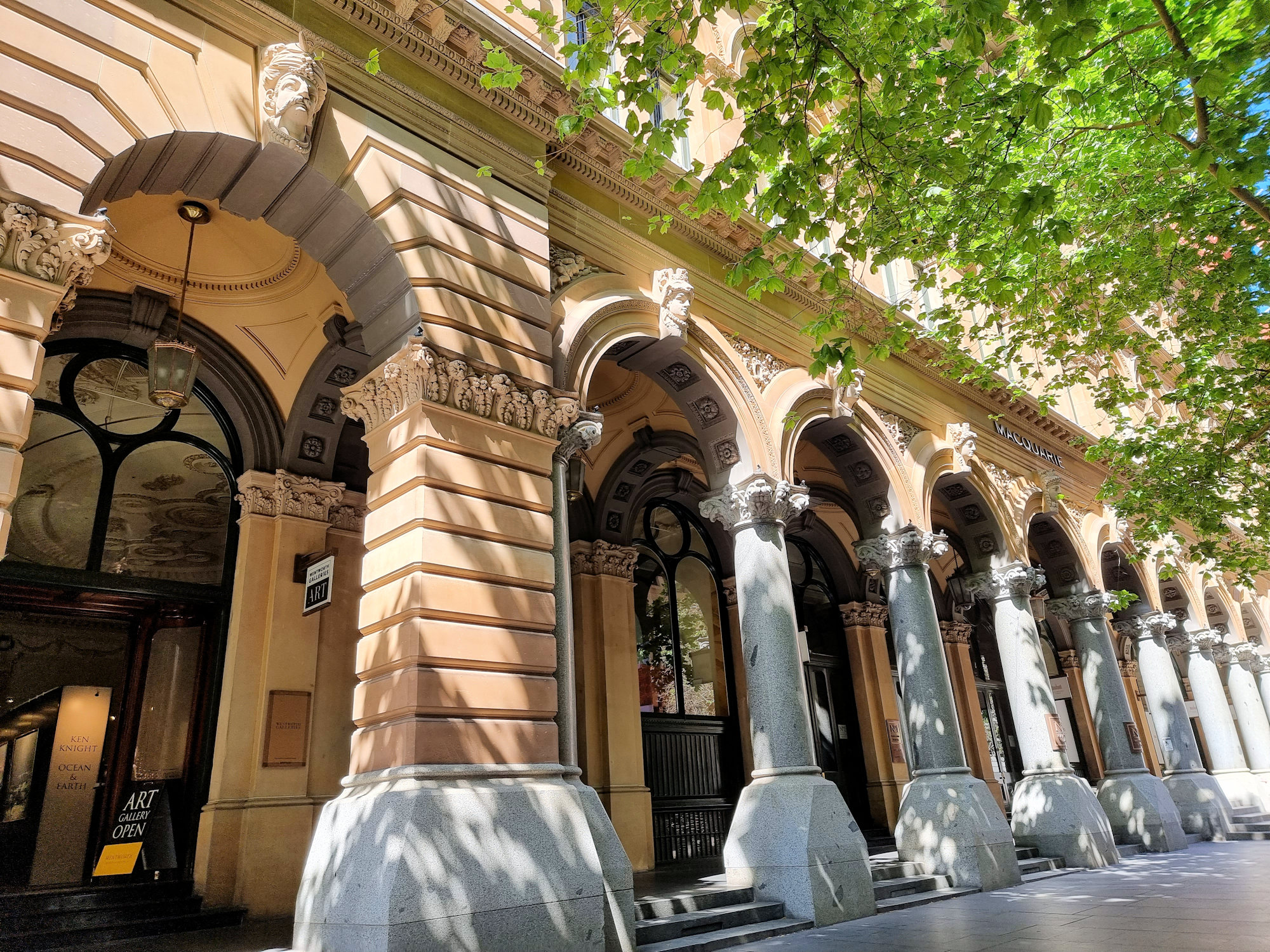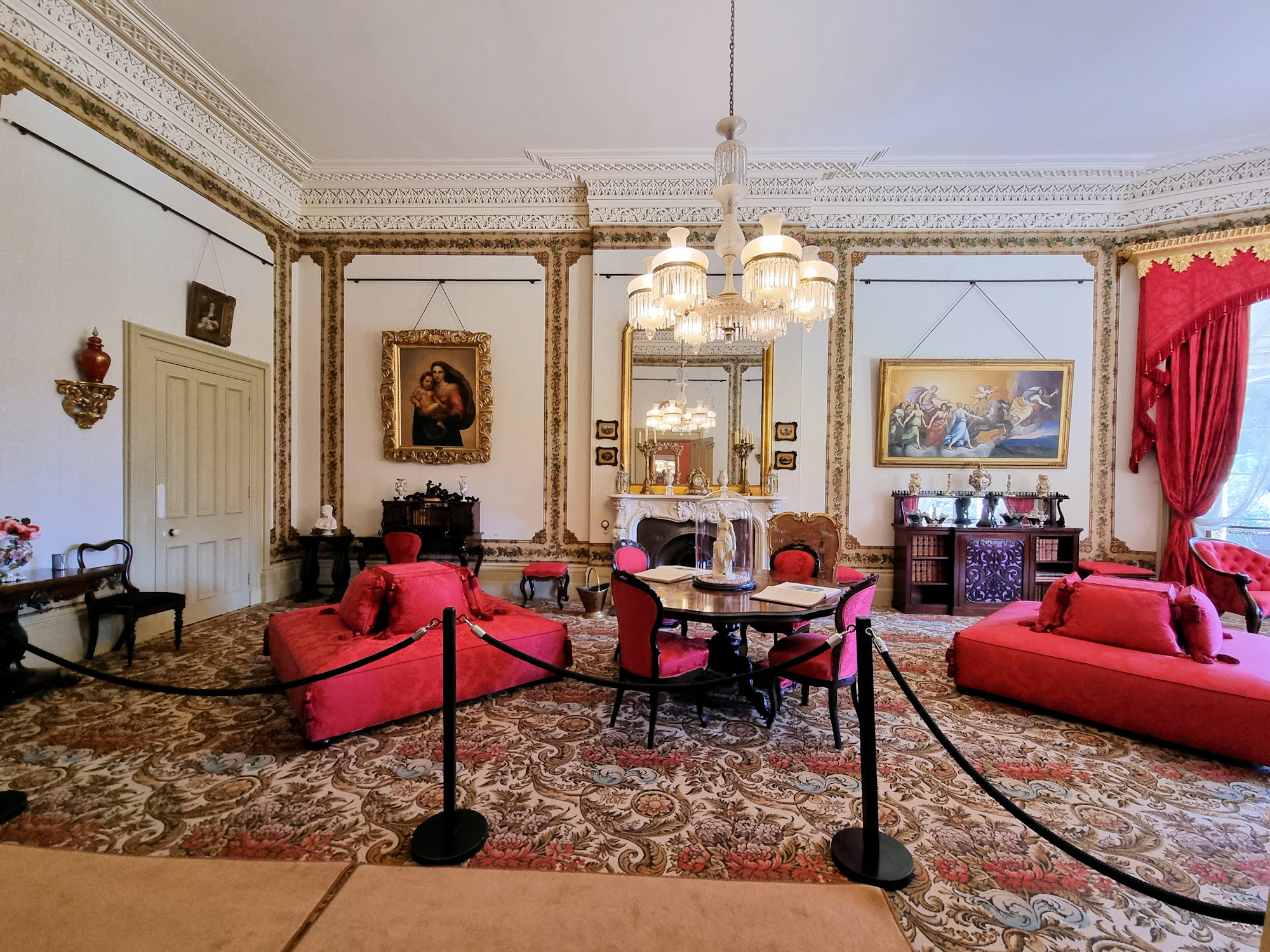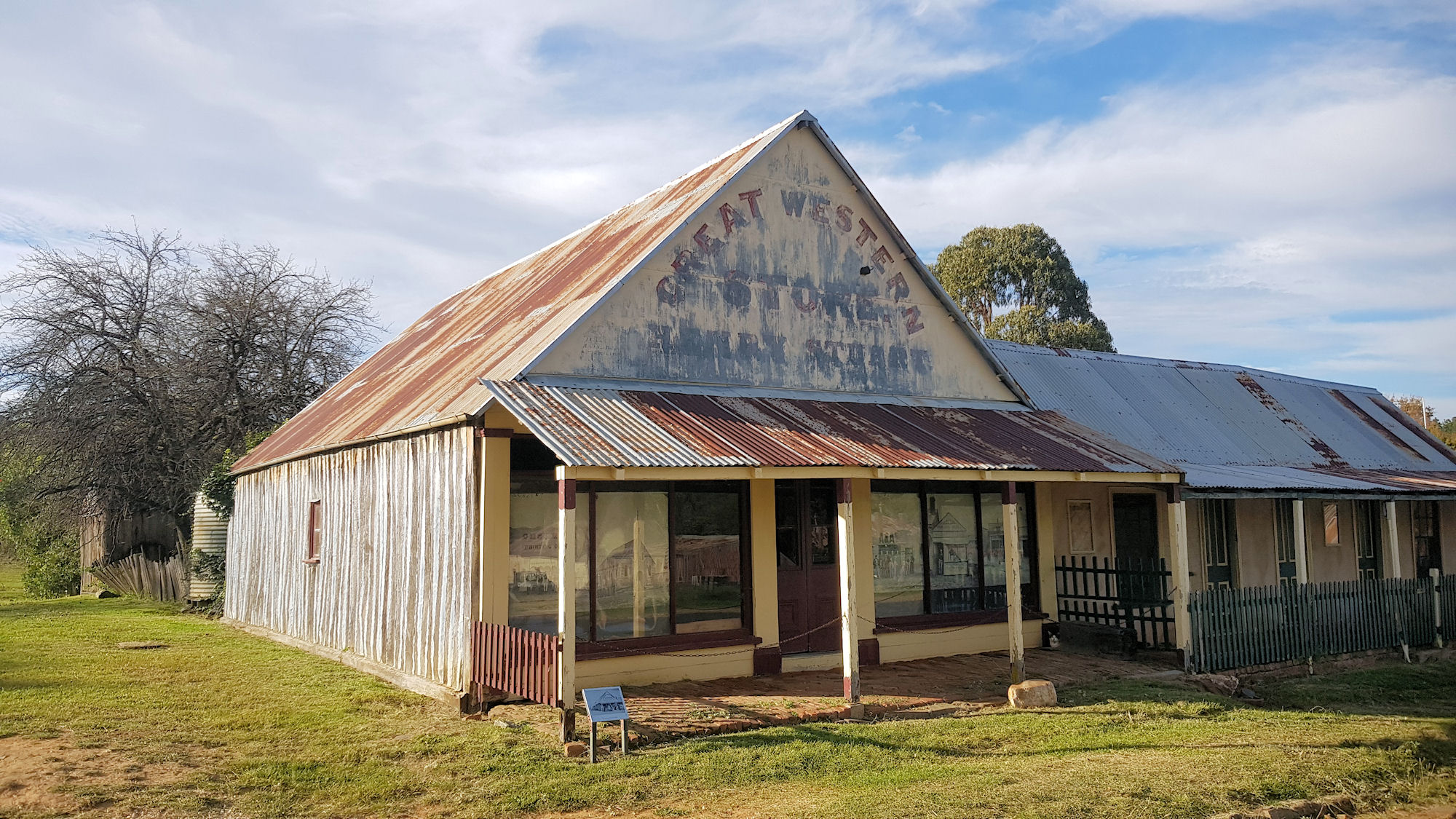Tag: Building
-
Fullerton Hotel Post Office Building

Fullerton Hotel Post Office Building Originally Sydney’s Post Office (GPO), this beautiful building has been repurposed into the Fullerton Hotel. Completed in 1891 after 25 years of construction, it served as the GPO until 1996 when the main post office relocated. Instead, Australia Post operate a smaller Postal Shop from the George Street end of… Read more
-
Vaucluse House Sydney Historic Home

Vaucluse House Sydney Completed between 1803 and 1839 in the Gothic Revival style, Vaucluse House is one of the few remaining colonial mansions in Sydney still surrounded by its original gardens and wooded grounds. Purchased by colonial explorer, barrister and politician William Charles Wentworth in 1827, it was expanded from a simple cottage to a… Read more
-
Hill End Historical Gold Mining Town

Hill End A gold rush in the 1870s turned Hill End from a small rural village into one of the largest inland towns in New South Wales. When the boom finished, the town reverted back to a small village, however unlike other boom / bust towns many of the historic buildings remain. Now heritage listed,… Read more